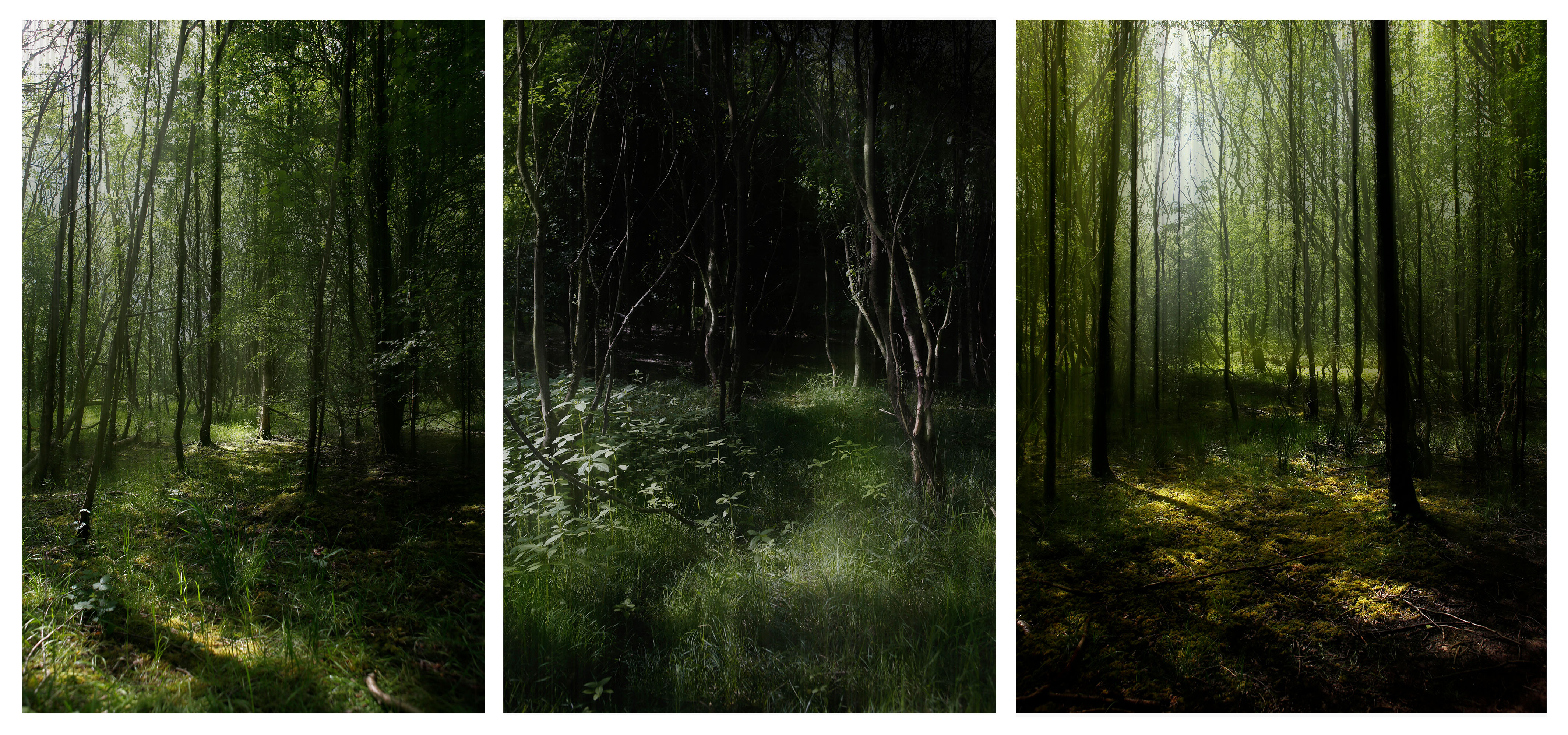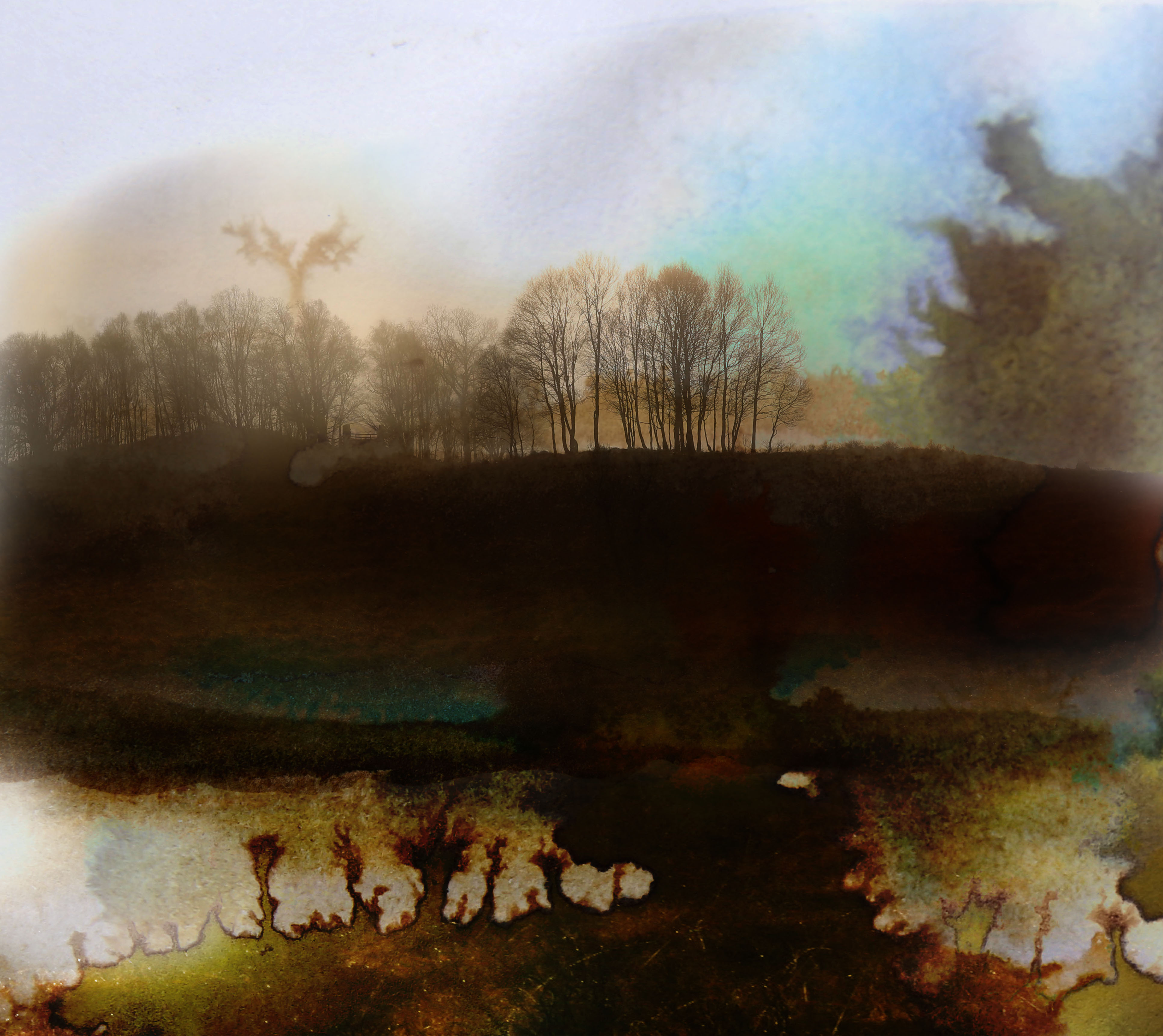
The importance of the arts in our everyday lives has become even more apparent after our time spent in lockdowns. In this new series of blog posts Redeye wants to hear from photographers who take pictures for the joy of it, in particular looking at how photography can improve our wellbeing and be beneficial for our mental health. If you would like to submit your work to this series please get in touch at chat@redeye.org.uk.
Cath Stanley is a photographer and educator based in Manchester. With a passion for exploring woodlands and forests, her work carefully considers the environment and landscape she works in. Cath creates imagery drawing on the notion of personal experience, history and storytelling, often making connections between narrative and images that illustate a mix of digital and fine art materials.
Cath tells us more about her work:
Can you tell us a little bit about your photography?
My creative practice is formed from the intrigue and mystery of landscape and the personal significance an area holds. I am led by curiosity and fascinated with how land is used, or may have been used, the stories it can tell and what exists there now in terms of the flora and fauna.
The history of a location has been an integral starting point for my recent work. My house is built on the site of a textiles mill and dye works and I graduated with a degree in textiles. I see the garden providing a working space of a journey between our northern industrial heritage and analogue photography methods. Working with a selection of plants important to the history of the textile industry, my work considers parallel processes to both photography and textiles.
Why do you take photographs?
I am leaving a trace, a visual mark on how I interpret what I see. Landscape is forever changing; seasons, weather, light, climate change, tourism. I think it is important to see these changes because only highlighting them raises awareness. In 2018 during the heatwave of one of the longest and hottest summers, I photographed the scorched fields from above on Curbar Gap. I felt dismayed; the lush green pastures from the year before replaced with yellow and brown parched agricultural land for as far as the eye could see.
Do you find that photography has any impact on your well-being? And if so, how does it impact you?
Yes, I think photography brings me positive well-being, I think partly because my creative work always starts with being outdoors. Being outside brings an enormous sense of freedom. I love walking and exploring in all weathers and through all seasons. Recent projects have seen me directly working within the environment and I have enjoyed this challenge of using what I can find.
Where do you find your inspiration?
Everywhere; it could be a visit out somewhere, an experience, a piece of literature, a bit of history, a texture or mark made on a surface, a colour, anything could be a starting point to either a photographic piece or a project.

Did the pandemic affect your creativity? And if so, how did you stay motivated to keep creating?
During the pandemic travel restrictions challenged the way in which I made work and this opened up a sense of discovery about local environments. Small pockets of greens spaces became an integral part of my daily recordings. I spent quite a bit of time in woodlands that ran along main carriageways and motorway networks. To my surprise these thin strips of woodland were teeming with wildflowers and wildlife. I used natural resources from my surroundings to make the work: the soil, the water, even creating a darkroom within my garden to make a series of alternative photographic pieces. The pandemic gave me more time in the day and this allowed me to think carefully about how I approached the environment with more sensitivity.
Would you like to highlight any resources, events or organisations that have had a positive influence on your work?
After being selected to take part in the Lightbox programme run by Redeye, I started to find a bit more confidence in my ability as an image maker. The other members of the collective were super supportive of me in my approach to creating. Their support and others I have met along the way has helped me to grow as an individual, making positive collaborations with others.
Do you have any advice for people who are unsure on how to progress with their photography?
Recently I read a small article by Martha Graham, ‘There Is a Vitality’ . Her words resonate with me: “There is a vitality, a life force, an energy, a quickening that is translated through you into an action, and because there is only one of you in all this time, this expression is unique. And if you block it, it will never exist through any other medium and will be lost... You do not even have to believe in yourself or your work. You have to keep yourself open and aware to the urges that motivate you. Keep the channel open.” Look at what opportunities are out there and if there is nothing that stands out, can you make an opportunity? What is your work about? What do you want it to be about? Collaborate, apply for something, stretch out of your comfort zone and take some risks.
To see more from Cath visit her website: https://www.cathstanleyphotography.com/
Or you can follow her on Instagram: @cathstanleyphotography
